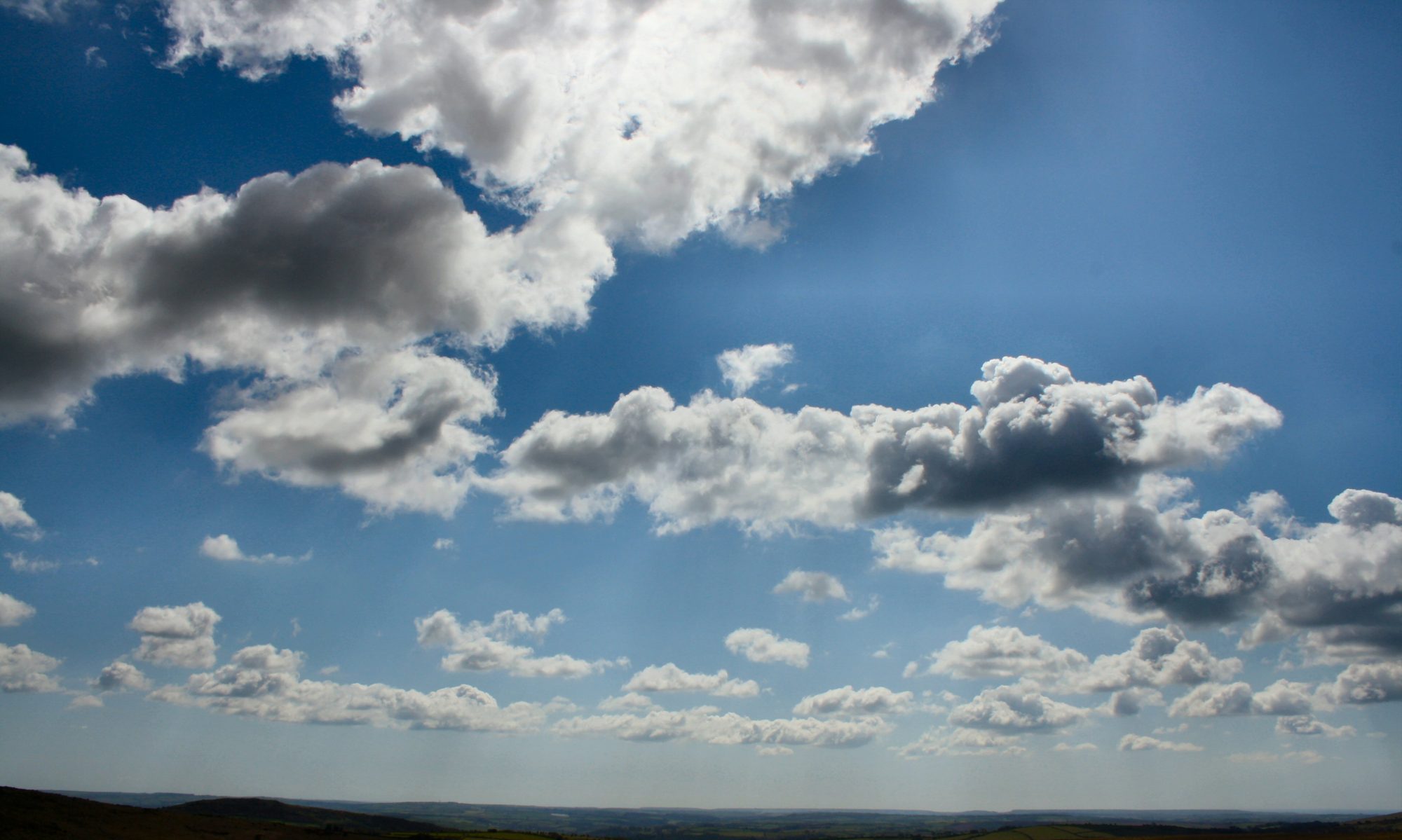In our last post we asked for your views on our “Ecological Management Plan” for Bridford’s grass verges which was adopted by Bridford Parish Council in January 2022 and is up for review in January 2023.
Well many of you did respond and we received 11 responses, 10 by email and one Facebook comment. We were delighted that positive responses outnumbered negative ones by 10:1. It is very encouraging to know that there are many people in the village who are aware of the difficulties facing wildlife and who recognise the need to take action now to help even in small ways to redress this.
However we are also aware that although we only received one negative response, there will be others who also struggle to see the benefit of such a scheme in the countryside where we are surrounded by farmland and where we have some fantastic natural resources such as the Woodland Park and Rowden Valley Wood, and wonder what the point of it all is.
To them we would say that the biodiversity crisis that we currently face is not restricted to more built up areas and is being felt throughout the countryside also, due to a combination of factors including the intensification of agriculture. Historically, farming would have allowed for hay meadows which are a nectar rich source for insect pollinators and food source for birds and small mammals, but since the 1930s 97% of these have gone and for this reason the margins of land and what we do with them is important. Here in Bridford people who have lived here a long time have told us of a depletion in species such as hares, yellowhammers and house martins. Though this will be due to numerous causes, one of these is the lack of traditionally managed meadows.
Though the Bridford verges may seem like a small area, they can support a huge number of pollinating insects and will be part of a much larger patchwork of wildlife friendly areas. Many species struggle to travel far, so wildlife corridors are vital in fighting species depletion. We envisage the verges working with the Woodland park, wildlife friendly farms and gardens, creating corridors throughout the area.
So, thank you again to everyone who responded, and to Bridford Parish Council for their ongoing support. We would also also like to wish everyone a very Happy Christmas as we look forward to 2023 and continuing to work with you all for the benefit of wildlife in Bridford. Contact us: [email protected].
Our Christmas picture is an original drawing by wildlife warden Lucy Smerdon.

